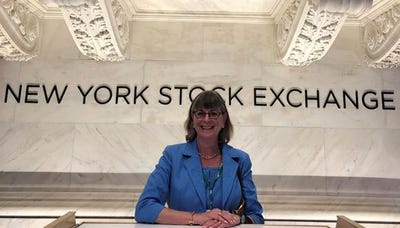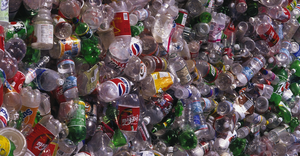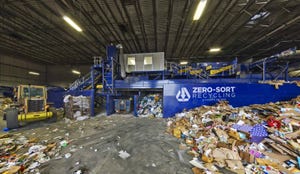Leone Young is the Principal of LTY ERC, LLC, providing consulting and research services to, and conducting special projects for, the environmental services industry, primarily the solid waste sector. From 1990 through 2008, Young was with Citigroup in New York as Managing Director, Senior Environmental Services Analyst and was responsible for industry coverage and stock recommendations for companies in the environmental services sector for Citigroup's equity research department. She was ranked #1 in the Institutional Investor poll for eight consecutive years.
Young is noted for her historical perspective, depth of industry knowledge and collaborative approach with clients and companies.
Young has a BA in Economics and an MBA in Finance from Cornell University.




